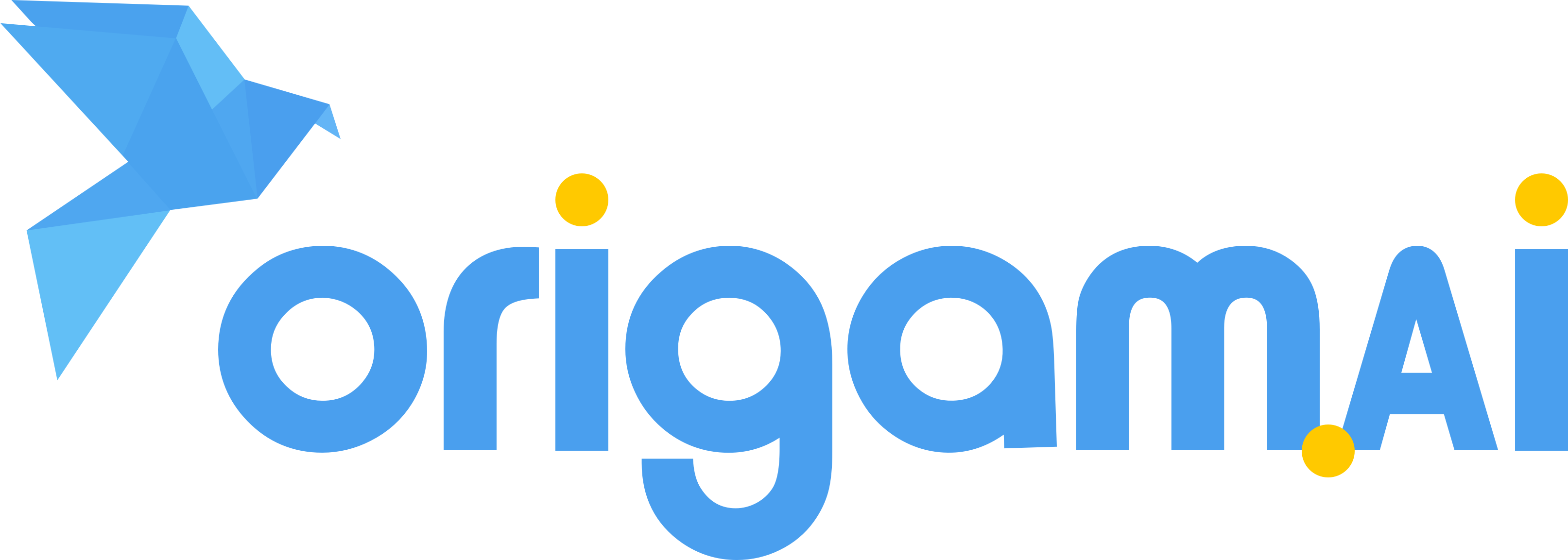Stretching the Resiliency Muscle
Resiliency is like a muscle that needs to be exercised and stretched. We are not built with a finite or fixed amount of resiliency, so it ebbs and flows based on how we exercise those skills that support us through trying times.
These naturally create connections between our thoughts, behaviors, and emotions. These are the things in life we can control, and it is possible to manage them to achieve goals and create healthy patterns for our life.

Split decision
Daniel Kahneman describes our mind in two systems for decision making: System 1 and System 2.
System 1 is automatic, fast, and unconscious.This is your everyday decision-making system. It requires very little energy, is highly efficient, and is prone to biases and errors.
System 2 is slow and controlled. It requires energy and can’t work without careful attention, it can filter the instincts out of system 1. This is the system we use for complex decision-making.
System 1 is the dominant of the two systems, it is huge and unruly. The emotions created by this unconscious system can overwhelm our rational thinking, not to mention our experiences, intuitions, and habits that determine every aspect of our lives.
The good news is: System 1 can be trained.
We can work on our seemingly automatic responses by bringing awareness to our more intentional and methodic System 2. By changing the way we react to events in our life, we can create positive reactions on our emotional state and thought process, which strengthens our resiliency.
How we react to live events can manifest in both visible and invisible ways.
To adjust the way we react to emotional situations, we need to engage System 2. That intentional and mindful system helps us slow down and filter our instincts.
The two main interventions for changing behaviors are associations and rewards.
With rewards, you simply reward desired behaviors while mostly ignoring the negative behaviors. Think about potty training a child. Many parents include a reward system for using the potty. Every time little Jenny uses the potty she receives a gold star or a candy. Jenny getting something she wants creates an association: the positive reward for doing the right behavior. It might seem pedantic to associate how we teach toddlers life skills with adjusting our behaviors, but the process is relatively the same, and it’s effective.
Consider the following questions:
- What are some ways you currently reward yourself?
- What is the behavior you are rewarding?
- Has this process enabled you to create a desired habit of behavior?
It is possible to change your thoughts.
While research has shown that using evidence-based arguments doesn’t necessarily change other people's minds or opinions, there are ways to change your own.

Reflections: Simply thinking about when you are thinking. Take a system 2 approach to analyze your System 1 reactions. This takes practice! Keep in mind: it is important to analyze from a place of curious observation, rather than a place of judgement.
Practice: Consider the next time a thought pops into your head in response to an external trigger, where did it come from? What biases informed it? By investigating this thought, is there a different way you want to think about these situations?
Dispute irrational beliefs: Human beings tend to operate from a negativity bias. This can create difficulties in our self-belief systems. If you find yourself looking at a task and thinking there is no way I can do this, try replacing that thinking with “These are the steps I need to take to complete this.” then move forward with working out those steps.
Mindfulness: A state in which you are open-minded and curious about the present moment. Look at the world as if through new eyes, or the eyes of a child. Most of our suffering is based on the past – the things you should have done, or the future the things you should do. But by allowing yourself to remain in the present you can hold the moment and truly work to understand it from a new angle.
Rewriting your narrative:The way you perceive reality is unique to you as it filters through your various experiences and biases. No two people perceive reality the same way. Consider your experiences day to day, then consider how those same experiences may have been perceived by others that were involved.
We tend to repeat our own negative versions of stories to help form the reality in which we exist. By taking a moment to reflect on the positive stories and all the solutions available to us, you may find a feeling of optimism emerges as well as the likelihood of engaging in healing behaviors.
Practice gratitude: Practice gratitude daily. We don’t need to only be grateful for the big things in life. We can be grateful for the penny found on a sidewalk, for the changing seasons, for the dog that licked your face in affection. Sometimes it is the small things that create the biggest ripples in our emotional awareness.
Allow for emotions: Acknowledge that emotions need to be felt to move forward healthily. By releasing suppressed emotions you can relieve the need to feel an escape from reality. It is important to find or create an environment that is free of judgment, is understanding, and supportive. When looking for support, find someone who can keep their own experiences and judgments quiet and focus on you and your needs in the moment.
Practice. Remember that resiliency is a muscle that gets trained over time, the more you use it the stronger you will become. However, leave room for acknowledgment when things are too much and you need additional support.
When have you stretched enough?
Becoming aware of our emotional habits and biases takes a lot of work, as does re-training our system of thinking that creates them. Resilience, like a muscle you’d work out at the gym, requires frequent use to stay in it’s best shape. The rewards of stretching your resilience muscles is a more even approach to the curveballs life throws, less emotional turmoil, and a less stressful life.
Take this moment to go back and find one way you can start improving your resilience today.
Office
635 Copperfield Blvd SE
Calgary, AB
T2Z 4C7
